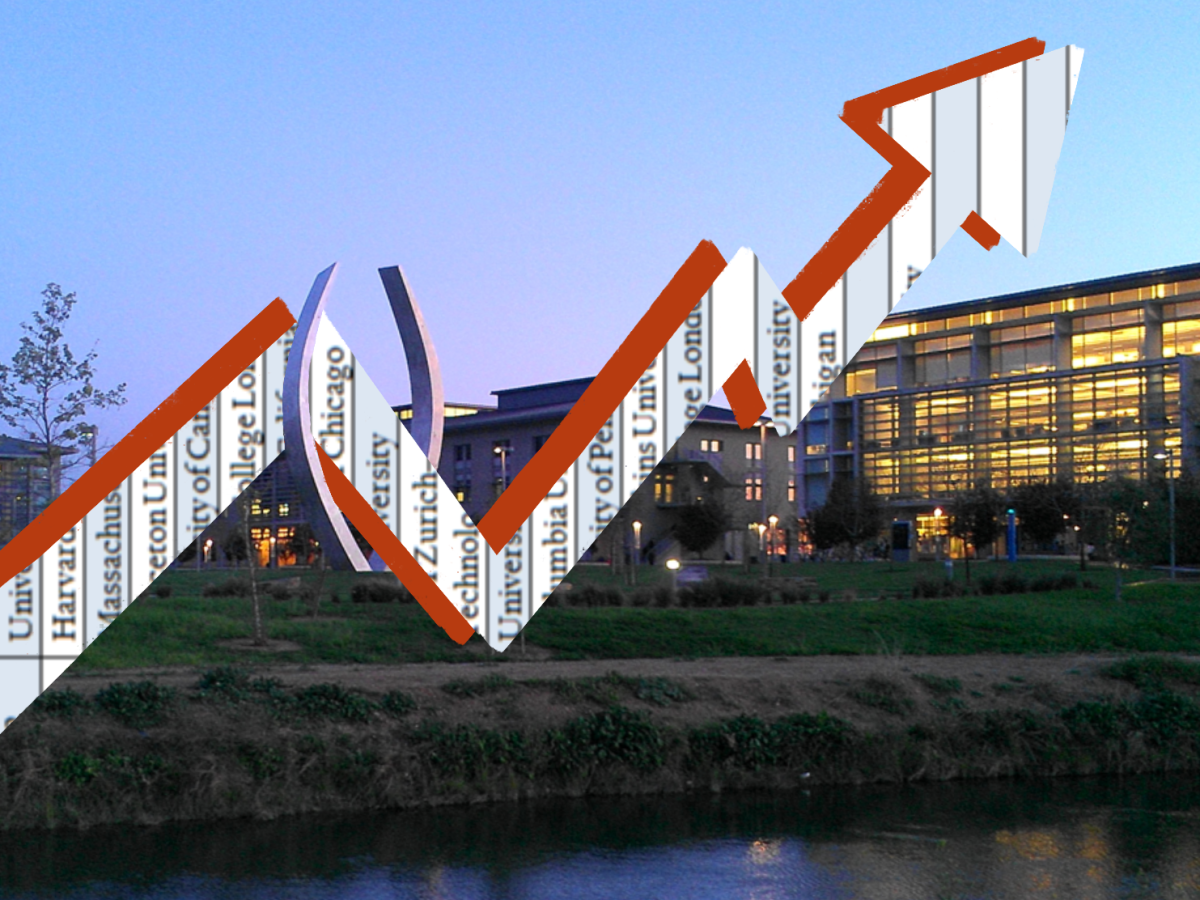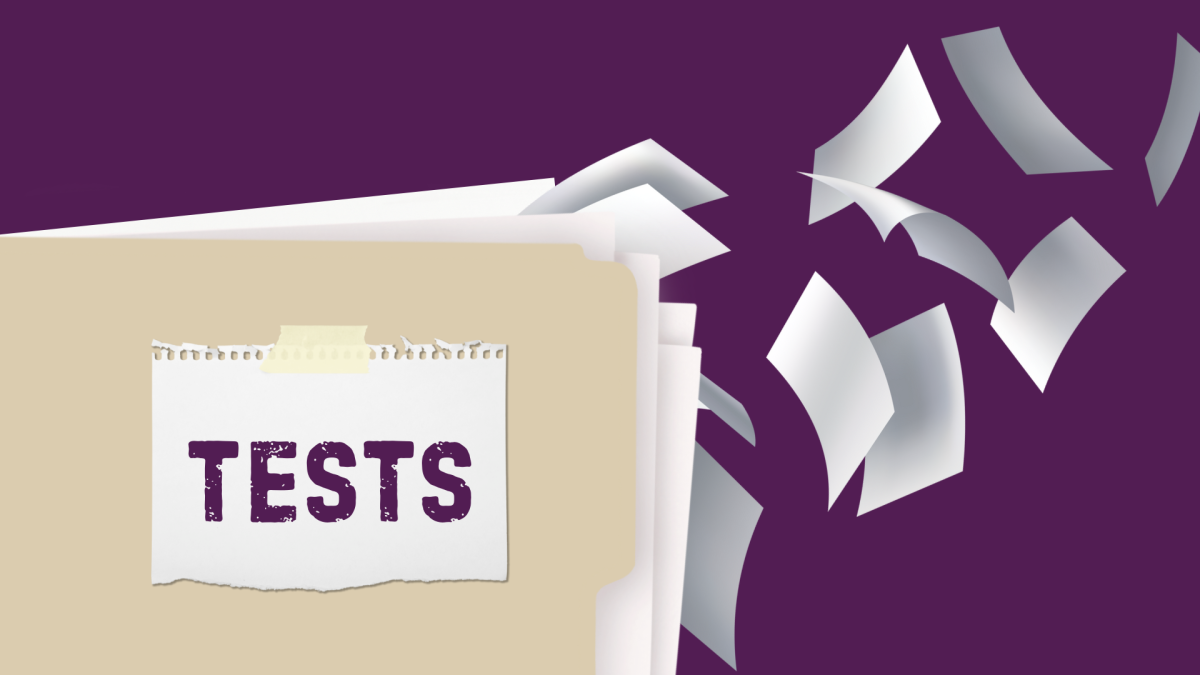As night falls, frustration builds. That test tomorrow is worth 50 percent of the grade, and students all across the grades at MVHS are in need of answers to their burning questions. The chances are slim that anyone would pick up the phone at midnight, and the teachers have long since gone to bed. But luckily, there is salvation: the online world. A world filled with peers and others ready and willing to answer questions and help each other.
Piazza and Google Classroom are two online platforms that teachers use. AP Physics teacher Jim Birdsong and American Literature Honors and World Studies teacher Mark Carpenter weigh in on the pros and cons of the systems.
Purpose
“I always [used to] have kids who go ‘Oh my gosh!’ They stayed up all night, they had no idea what to do,” Birdsong said, “but that excuse is out the window now.”
Even though Birdsong began to use Piazza a few years ago, he still tries to find new methods of encouraging students to help each other through the conversational education platform.
Birdsong described Piazza as a “dissemination of information,” a question and answer forum where students can usually get answers within 15 minutes. This is similar to the concept of Facebook class groups, but Piazza is monitored by teachers, while a majority of Facebook groups have a more limited authority presence.
Carpenter, on the other hand, uses Google Classroom to share documents with his students. Google Classroom has helped prevent students from forgetting to bring readings to class and allows those who are absent to keep up.
Google Classroom’s room for improvement
Despite these benefits, Carpenter does not fully agree with Google Classroom’s uses. For instance, Google Classroom does not have plagiarism-scanning features like Turnitin, nor did it alphabetize student rosters by first name when he began using it.
“When a student turns in work through Google Classroom, the interface to look at the work, give feedback to the work and return the feedback to that work is clunky,” Carpenter said.
Carpenter’s students also have feedback and opinions on Google Classroom. Junior Gauri Mhamunkar, a two-year participant and user of Google Classroom, describes the system as having both benefits and drawbacks.
“[The best part of Google Classroom is] just the lack of paper that the classroom uses,” Mhamunkar said. “Literature especially uses a ton of papers that probably just go to the landfill even though recycling is kind of popular here, it really isn’t as efficient as what GC can do. It’s just not the same.”
Google Classroom is closely connected and interlinked with the Google Documents system. Google Documents is an online cloud-based saver of documents and spreadsheets that possesses an annotation system to mark up documents. Loopholes and exploits can be found in the system to give students an unfair advantage.
“Google Classroom uses Google Docs. And I remember last year people used to cheat with the annotations because they used to make a few annotation entries, but they needed several because it was over a month’s worth of annotations and what they would do is they would copy-and-paste constantly,” Mhamunkar said. “I don’t know if Mr. Carpenter picked up on this, but I’m pretty sure he read some of it. I don’t know if he recognizes the cheating, but it’s a very easy way to cheat.”
Benefits of Piazza
Meanwhile, in his AP Physics class, Birdsong has noticed an increase in online productivity and collaboration after introducing Piazza. Although he receives an email notification every time a question is posed on the forum, he typically allows the active community to take care of the matter themselves.
“On high stress times, like the day before a test, it’ll be almost instantaneous,” Birdsong said.
Birdsong explained that Piazza has helped him tie in the idea that the “Internet is your friend” when he began using a new style of teaching called “flipping the classroom.” Students collaborate more on homework during class, and spend less time listening to him lecture. Most of the learning takes place at home, where students read from an online textbook and complete practice problems that are graded at school. Birdsong has noticed a positive uplift in the classes that he has tried the flipped system with, alongside more chances for him to interact with his students.
“Just the level of energy and smiles and stuff in the room, [it’s] much more common [for students] to be happy in this set up. Or at least I see it,” Birdsong said. “I get to go around and talk to every kid, every day. That’s pretty cool.”
Final Verdicts
Carpenter, however, has not seen his classroom dynamic change with the introduction of Google Classroom.
“You know, my classroom functioned just fine without [Google Classroom]…I do just fine with it or without it,” Carpenter said.
Despite believing that Google Classroom has not changed much within his own classroom, Carpenter thinks the social media platform has potential. Even if its gradebook and interaction facets are still lacking, Carpenter believes that they will improve.
“It’s not ready,” Carpenter said, “but I think it will be.”
On the contrary, students from Birdsong’s class, such as sophomore Joyce Wu, already have a positive inclination towards Piazza. However, she and others face problems regarding convenience with the system.
“[The] best part is you can ask your teacher for help while in a kinda public setting, so that anyone else who needs help with that kind of topic can also get help from that teacher,” Wu said. “But the worst part is that it’s not on Facebook and I’m usually already on Facebook. So I feel like sometimes I’m too lazy to open Piazza.”
Despite the struggles some students face with Piazza, Birdsong believes it is an effective system.
“Each little thing isn’t all that big a deal,” Birdsong said. “But when you [add them together] they end up making a big difference.”
Co-authored by Amita Mahajan.









